Understanding and Addressing P0563 High Battery Voltage: An In-depth Guide

Brief Overview of P0563 High Battery Voltage Error Code
Fault Code P0563, indicating High Battery Voltage, is a diagnostic trouble code that is commonly encountered in automotive systems. This code is specifically designed to identify instances where the vehicle’s battery voltage exceeds the predetermined limit set by the manufacturer. As vehicles become more technologically advanced, monitoring and maintaining optimal battery voltage have become crucial for smooth operation and overall vehicle health.
Importance of Addressing High Battery Voltage Issues
Understanding and addressing high battery voltage issues are paramount in maintaining the integrity of a vehicle’s electrical system. Excessive voltage can lead to various complications, including potential damage to sensitive electronic components, increased wear on the charging system, and even pose safety risks. As automotive systems rely heavily on precise voltage levels, neglecting or overlooking the P0563 fault code can result in costly repairs and unexpected breakdowns.
Purpose of the Article: Providing Insights and Solutions for Resolving P0563
The primary goal of this article is to delve into the intricacies of the P0563 fault code and equip readers with valuable insights and practical solutions for resolving high battery voltage issues. By understanding the causes, symptoms, and appropriate troubleshooting steps, vehicle owners and technicians can effectively address P0563, ensuring the optimal performance and longevity of their vehicles. Now, let’s explore the key aspects of this fault code in detail.
Understanding P0563 High Battery Voltage
A. Definition and Causes of High Battery Voltage
Fault Code P0563 is triggered when the battery voltage in a vehicle exceeds the predetermined limit set by the manufacturer. This overvoltage condition can stem from various factors, including a malfunctioning voltage regulator, a faulty charging system, or issues with the battery itself. Understanding the root causes is crucial for effective diagnosis and resolution.
B. Symptoms and Indications of P0563 Error Code
- Illuminated Warning Lights: One of the primary indications of high battery voltage is the illumination of warning lights on the vehicle’s dashboard. These lights may include the battery icon, check engine light, or other relevant indicators.
- Irregular Instrument Cluster Readings: High voltage can lead to erratic readings on the instrument cluster, such as fluctuating gauges for battery voltage or charging status.
- Difficulty Starting the Vehicle: Excessive voltage can affect the starter motor and lead to difficulty starting the vehicle. In severe cases, it may result in a no-start condition.
- Electrical Component Malfunctions: High voltage can cause damage to sensitive electronic components, leading to malfunctions in various electrical systems, including the radio, lights, and power windows.
C. Potential Risks Associated with High Battery Voltage
- Component Damage: Prolonged exposure to high voltage can damage electronic components, including the alternator, voltage regulator, and other sensitive modules.
- Reduced Battery Life: Continual overvoltage conditions can significantly reduce the lifespan of the vehicle’s battery, necessitating premature replacement.
- Safety Hazards: In extreme cases, high battery voltage can pose safety hazards by causing electrical fires or damaging critical safety systems.
- Increased Repair Costs: Neglecting the P0563 fault code and allowing high voltage issues to persist may lead to more extensive and expensive repairs over time.
Understanding these aspects of P0563 is crucial for both vehicle owners and technicians to address the issue promptly and prevent further complications. In the next section, we will explore effective strategies for diagnosing and resolving high battery voltage problems.
Diagnostic Procedures for P0563
Introduction to Diagnostic Tools and Procedures
Effective diagnosis of the P0563 fault code requires the use of appropriate diagnostic tools and systematic procedures. Modern vehicles are equipped with onboard diagnostic systems, and utilizing these tools is essential for accurate troubleshooting. Additionally, a methodical approach ensures a comprehensive understanding of the high battery voltage issue.
Step-by-Step Guide for Diagnosing P0563
- Initial Inspection and Visual Checks:
- Begin the diagnostic process with a visual inspection of the battery, charging system components, and related wiring.
- Look for visible signs of damage, corrosion, or loose connections that may contribute to high voltage issues.
- Using OBD-II Scanner for Fault Code Retrieval:
- Connect an OBD-II scanner to the vehicle’s diagnostic port to retrieve the P0563 fault code.
- Take note of any additional codes that may provide insight into related issues.
- Analyzing Freeze Frame Data:
- Review freeze frame data associated with the P0563 code. This information captures the vehicle’s operating conditions at the time the fault occurred, aiding in pinpointing potential triggers.
- Performing Voltage Tests on Battery and Related Components:
- Use a multimeter to measure the voltage across the battery terminals with the vehicle both off and running.
- Check the alternator’s output voltage to ensure it falls within the manufacturer’s specifications.
- Verify that the voltage regulator is functioning correctly.
- Checking for Wiring and Connection Issues:
- Inspect the wiring harness and connectors associated with the charging system.
- Look for damaged or frayed wires, and ensure all connections are secure.
- Pay attention to ground connections, as poor grounding can contribute to high voltage problems.
By following these systematic diagnostic steps, technicians can identify the root cause of the P0563 fault code accurately. Once the issue is identified, appropriate measures can be taken to address the high battery voltage problem and prevent further complications. In the next section, we will explore potential solutions and preventive measures for resolving P0563.
Common Causes of P0563 High Battery Voltage
A. Faulty Voltage Regulator
A malfunctioning voltage regulator is a common culprit behind high battery voltage issues. The voltage regulator regulates the charging voltage produced by the alternator, ensuring it stays within the optimal range. A failure in the voltage regulator can lead to overcharging, triggering the P0563 fault code.
B. Malfunctioning Alternator
A malfunctioning alternator, responsible for generating electrical power to charge the battery and power the vehicle’s electrical systems, can contribute to high battery voltage. Issues such as a defective diode or a worn-out alternator may lead to overvoltage conditions, triggering the P0563 code.
C. Battery Temperature Sensor Issues
Some vehicles are equipped with battery temperature sensors to monitor the temperature of the battery and adjust the charging voltage accordingly. If the battery temperature sensor malfunctions or provides inaccurate readings, it can lead to overcharging and the activation of the P0563 fault code.
D. Wiring or Connection Problems
Faulty wiring or poor connections within the charging system can contribute to high battery voltage issues. This may include damaged wiring, loose connections, or corroded terminals. Proper inspection and maintenance of the wiring harness and connectors are essential for preventing such issues.
E. Other Potential Causes
- Defective Battery: A battery nearing the end of its life or with internal faults can cause voltage irregularities.
- Software or Sensor Calibration Issues: Occasionally, software glitches or calibration issues with sensors related to the charging system can contribute to erroneous voltage readings.
- Aftermarket Electrical Modifications: Unapproved modifications to the vehicle’s electrical system, such as aftermarket alternators or voltage regulators, can lead to compatibility issues and trigger the P0563 code.
Identifying the specific cause of the P0563 fault code is crucial for effective resolution. In the next section, we will discuss potential solutions and recommended actions to rectify high battery voltage issues and prevent their recurrence.
Resolving P0563 High Battery Voltage
A. Repairing or Replacing Faulty Voltage Regulator
- Identification: Use diagnostic tools to confirm a faulty voltage regulator as the cause of high battery voltage.
- Replacement: If the voltage regulator is defective, replace it with a new, compatible unit.
- System Test: Conduct thorough testing to ensure the newly installed voltage regulator is operating within the specified parameters.
B. Addressing Alternator Issues
- Diagnostic Testing: Perform detailed diagnostic tests on the alternator to identify specific malfunctions.
- Repair or Replacement: Depending on the diagnosis, repair or replace the alternator.
- Testing: After installation, verify that the alternator is generating the correct charging voltage and functioning properly.
C. Calibration or Replacement of Battery Temperature Sensor
- Sensor Testing: Test the battery temperature sensor for accuracy and proper functioning.
- Calibration: If the sensor is accurate but misreading, recalibrate it according to manufacturer specifications.
- Replacement: If the sensor is faulty, replace it with a new sensor compatible with the vehicle model.
D. Repairing Wiring or Connection Problems
- Comprehensive Inspection: Inspect the entire charging system wiring harness and connections for damage, wear, or corrosion.
- Repair or Replace: Address any identified issues by repairing or replacing damaged wiring, connectors, or terminals.
- Secure Connections: Ensure all connections are securely tightened to prevent future issues.
E. Additional Steps for Resolving P0563
- Battery Inspection: Check the battery’s condition, and if it is old or showing signs of deterioration, consider replacing it.
- Software Update: Ensure the vehicle’s software is up-to-date, as manufacturers often release updates to address system-related issues.
- Avoiding Aftermarket Modifications: Discourage or undo any unapproved electrical modifications, as these can lead to compatibility issues and erratic voltage readings.
By systematically addressing each potential cause and implementing the appropriate solutions, technicians and vehicle owners can effectively resolve the P0563 high battery voltage issue. Regular maintenance and prompt action upon detecting warning signs can help prevent the recurrence of such problems and ensure the long-term health of the vehicle’s electrical system.
Preventive Measures and Maintenance Tips
Regular Battery and Charging System Inspections
- Scheduled Checks: Perform regular visual inspections of the battery and charging system components.
- Diagnostic Testing: Use diagnostic tools to check the battery voltage, alternator output, and overall charging system health.
- Routine Maintenance: Implement a routine maintenance schedule to catch potential issues before they escalate.
Keeping Connections Clean and Secure
- Cleaning Procedures: Regularly clean battery terminals and connectors using a mixture of baking soda and water to prevent corrosion.
- Tightening Connections: Ensure all electrical connections, including those on the battery, alternator, and voltage regulator, are securely tightened to minimize resistance.
Using Quality Batteries and Components
- Choosing Quality Batteries: Invest in high-quality batteries that meet or exceed the manufacturer’s specifications.
- OEM Parts: Opt for original equipment manufacturer (OEM) or reputable aftermarket components when replacing parts in the charging system.
Following Manufacturer’s Recommended Maintenance Schedule
- Adhering to Guidelines: Strictly follow the maintenance schedule outlined in the vehicle’s owner’s manual.
- Scheduled Service: Ensure that the battery, alternator, and related components are inspected and serviced at the recommended intervals.
These preventive measures and maintenance tips are crucial for maintaining the health of the vehicle’s electrical system, preventing high battery voltage issues, and avoiding the recurrence of the P0563 fault code. By staying proactive and addressing potential issues promptly, vehicle owners can ensure the reliability and longevity of their vehicles. Regular maintenance not only safeguards against unexpected breakdowns but also contributes to optimal vehicle performance and safety.
Conclusion
A. Recap of Key Points Discussed in the Article
In this comprehensive article, we explored the intricacies of the P0563 High Battery Voltage fault code, delving into its definition, causes, symptoms, and potential risks. We provided a step-by-step guide for diagnostic procedures, identified common causes, and discussed effective solutions for resolving the issue. Additionally, preventive measures and maintenance tips were highlighted to ensure the long-term health of the vehicle’s electrical system.
B. Importance of Timely Diagnosis and Resolution of P0563
Timely diagnosis and resolution of the P0563 fault code are paramount for several reasons. Addressing high battery voltage issues promptly prevents potential damage to critical electrical components, reduces the risk of safety hazards, and minimizes the overall cost of repairs. Neglecting the issue can lead to more extensive damage, increased repair costs, and compromises in vehicle safety and performance.
C. Encouragement for Proactive Maintenance and Troubleshooting
Vehicle owners and technicians are encouraged to adopt a proactive approach to maintenance and troubleshooting. Regular inspections, adherence to recommended maintenance schedules, and the use of quality components contribute to the prevention of high battery voltage issues. Proactive measures not only ensure the reliability of the vehicle but also contribute to a safer and more efficient driving experience.
D. Final Thoughts on Ensuring Vehicle Safety and Performance Amid High Battery Voltage Issues
In conclusion, maintaining optimal battery voltage is essential for the proper functioning of a vehicle’s electrical system. By understanding the nuances of the P0563 fault code and taking proactive measures, vehicle owners can safeguard against unexpected breakdowns, ensure vehicle safety, and extend the lifespan of critical components. As technology advances, staying informed and proactive becomes increasingly vital in preserving the overall performance and longevity of our vehicles.
Remember, the key to a reliable and well-performing vehicle lies in regular maintenance, timely diagnostics, and swift resolution of identified issues. By incorporating these practices into your vehicle care routine, you contribute to a safer and more enjoyable driving experience.


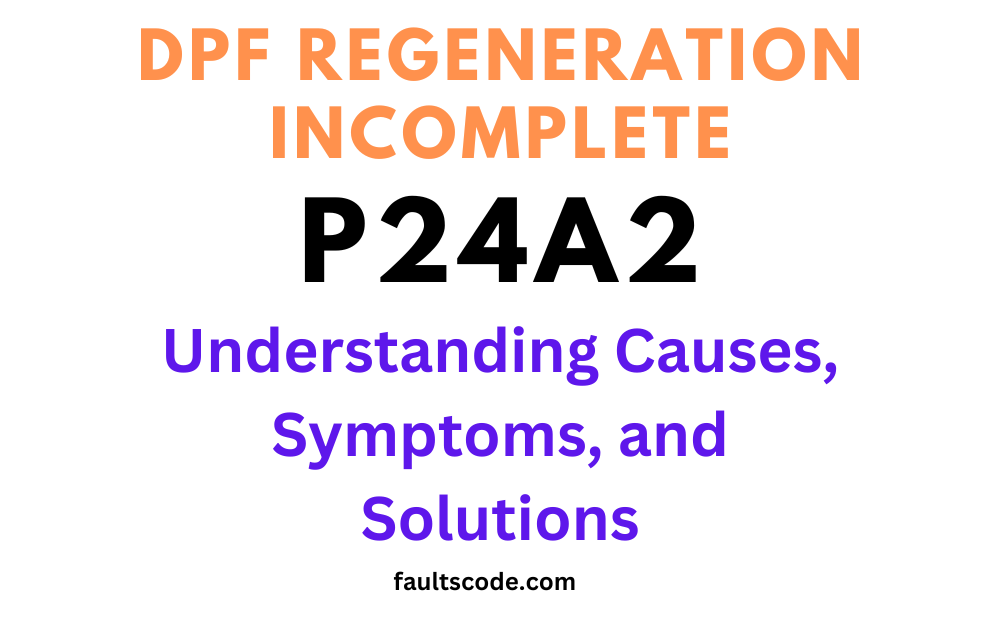










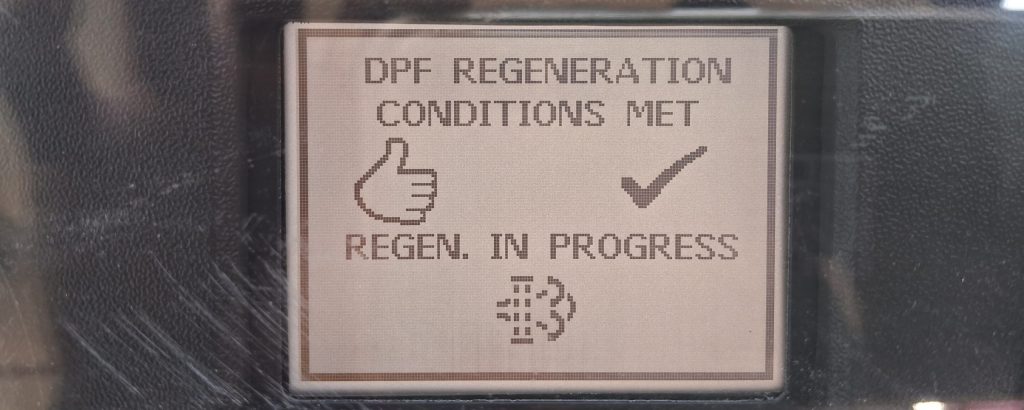











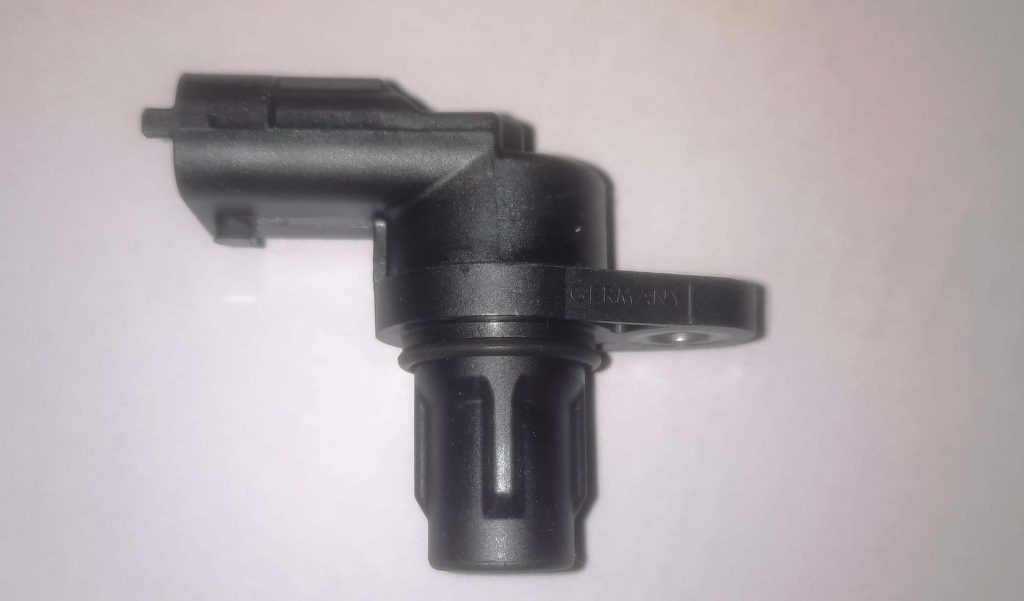

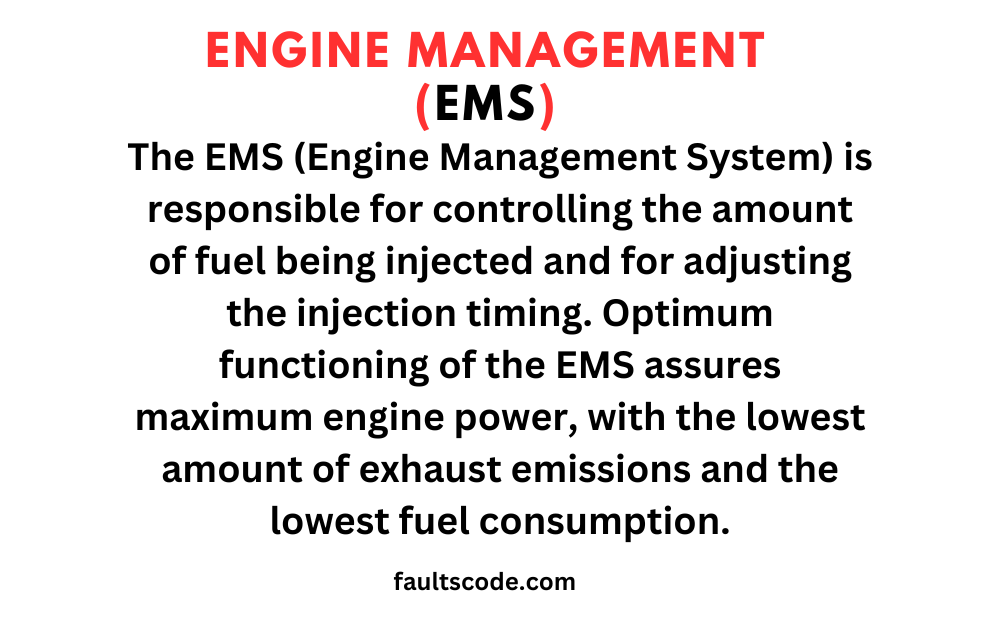


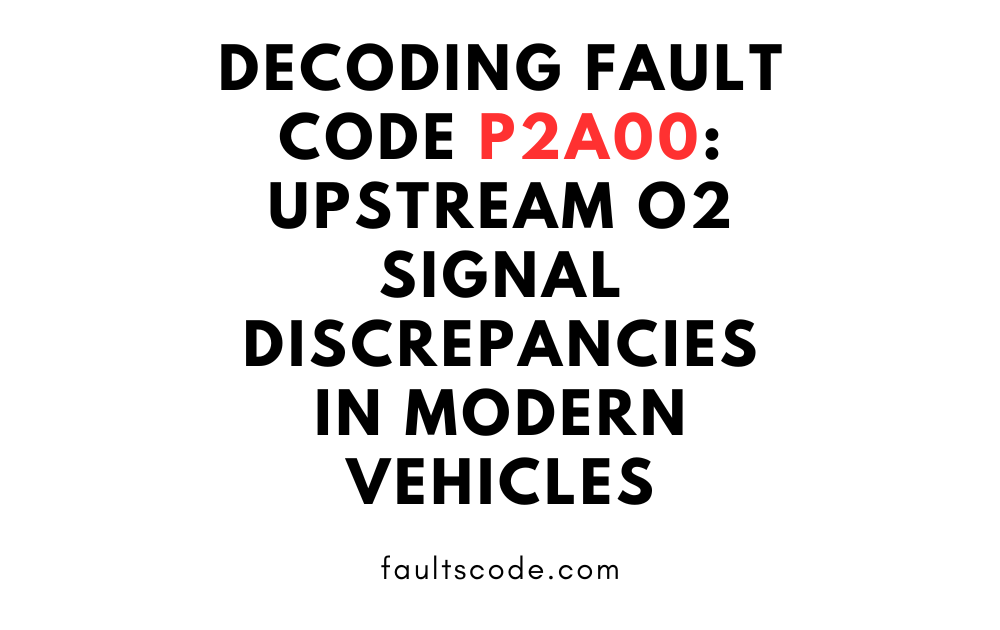

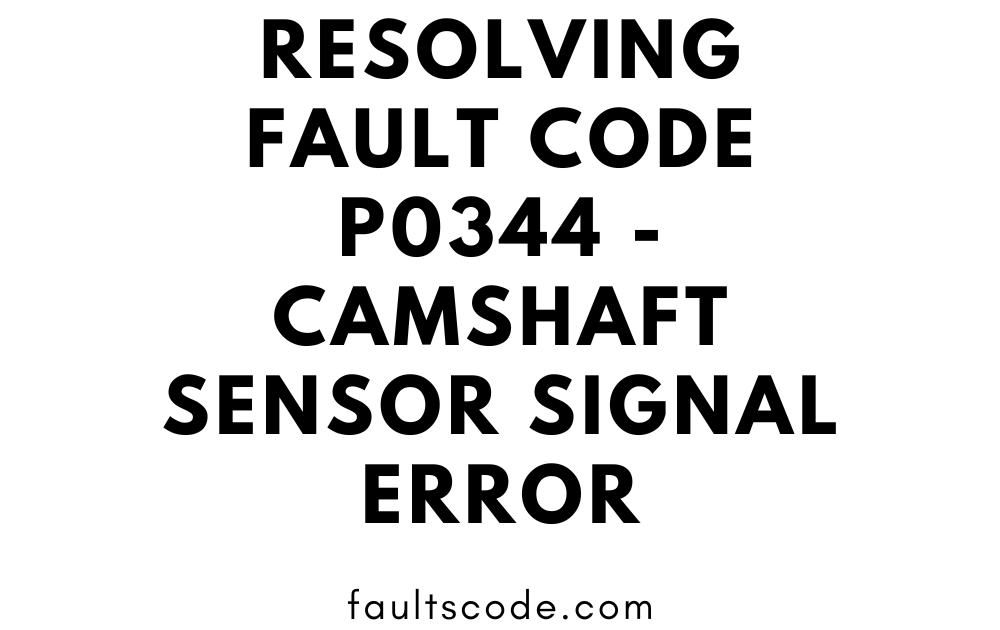






Understanding and Resolving Fault Code P0118 - CTS Output Voltage Above Upper Limit - Faults Code
12th Feb 2024[…] Understanding and Addressing P0563 High Battery Voltage: An In-depth Guide […]